James Webb | Hubble Space Telescope To The Heavens
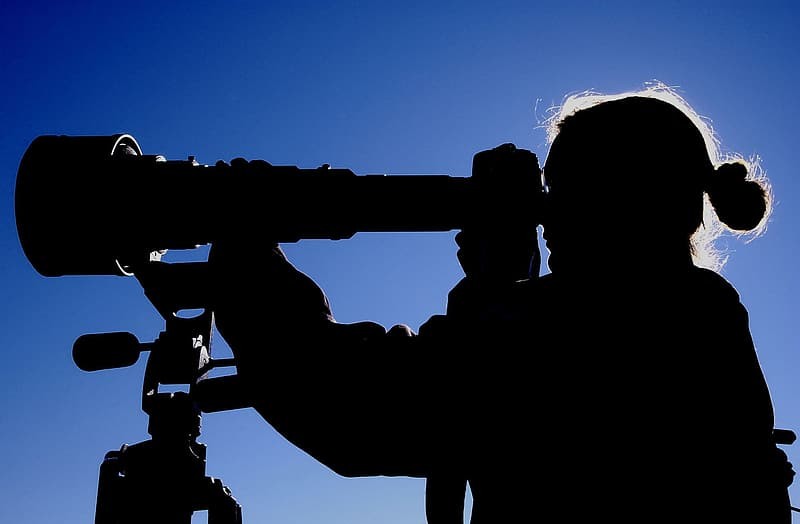
Share
Introduction
james webb, hubble space telescope, invention, launch dates & images from telescope.
Table of Contents
Telescope meaning
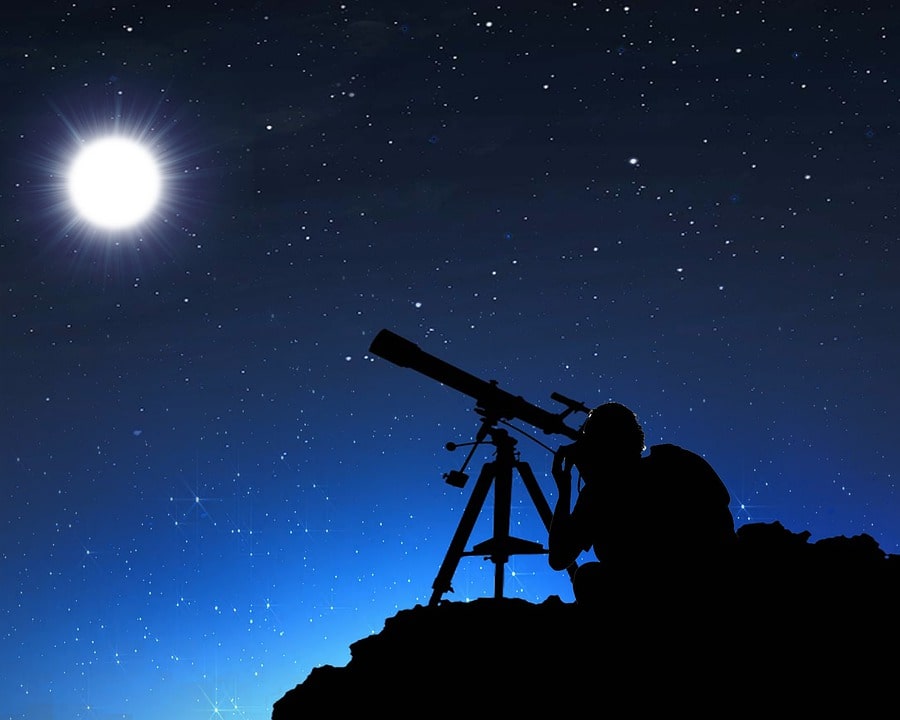
#telescope
What does telescope mean?
A monocular optical instrument possessing magnification for observing distant objects, especially in astronomy. instrument used in astronomy for observing distant objects.
Hubble Space Telescope
#images of hubble space telescope #hubble space telescope images
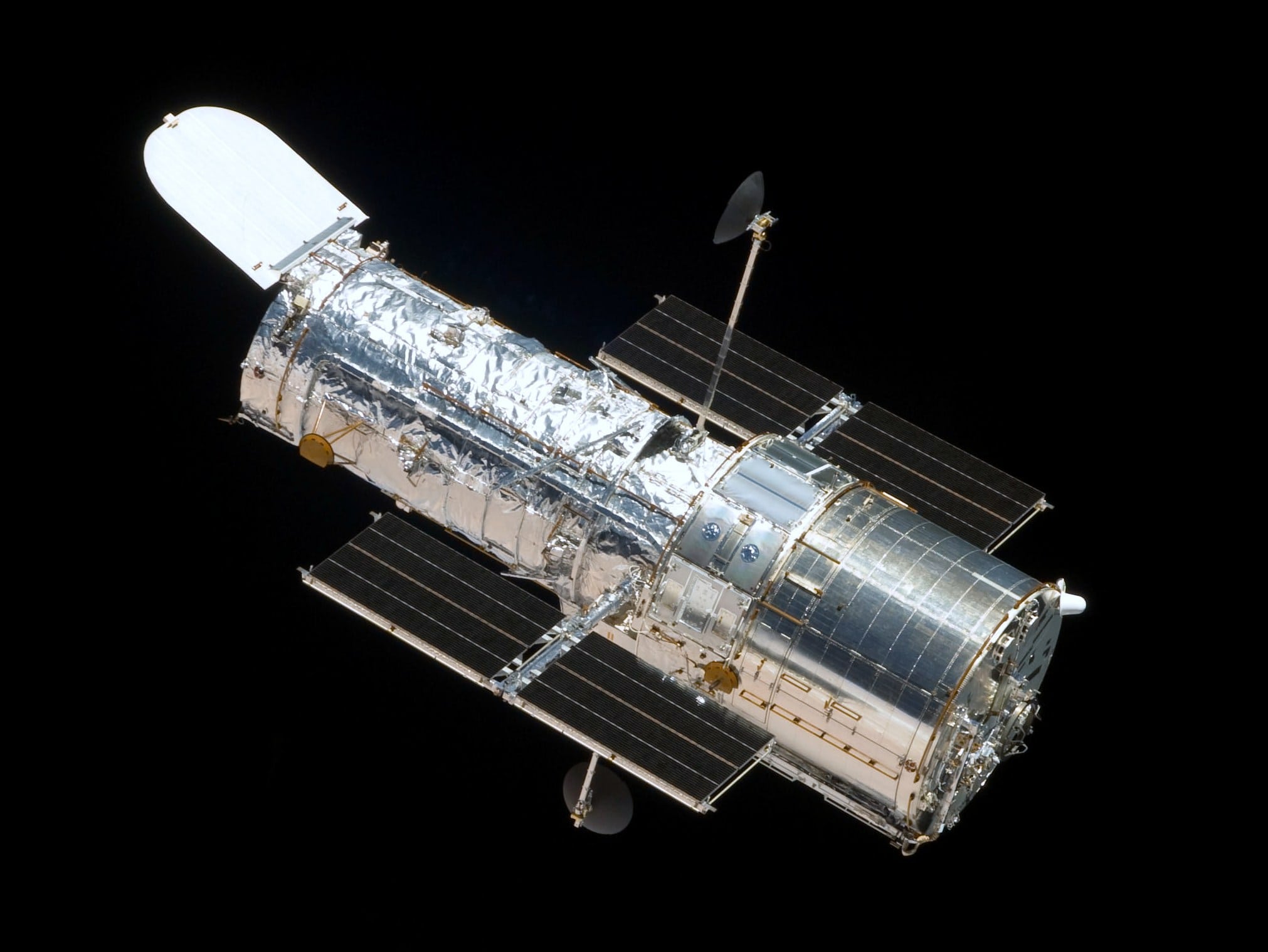
#hubble space telescope
When was the hubble space telescope launched
April 24, 1990 – Hubble launched. Space shuttle Discovery (on mission STS-31) launched from the Kennedy Space Center in Florida, carrying five astronauts and the Hubble Space Telescope.
On the 24th of April 1990 (launch of hubble space telescope), the NASA/ESA Hubble Space Telescope was sent into orbit above the space shuttle Discovery -the first space telescope of its kind.
It offered a new view of the universe and has for 30 years surpassed all expectations, beaming back data and images that have changed scientists' understanding of the universe and the public's perception of it.
images - hubble space telescope
#images from hubble space telescope
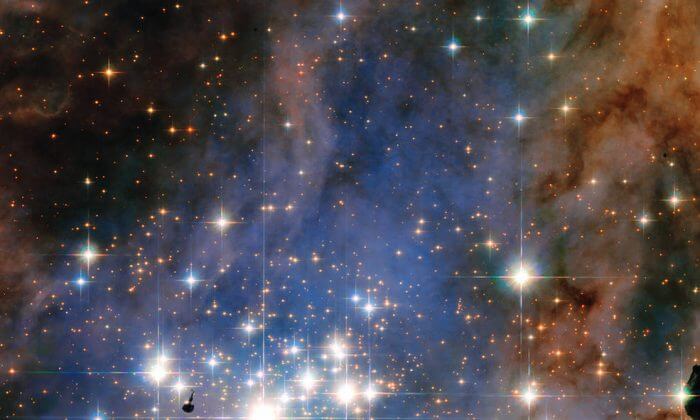
#Diamond like bright-start image captured from hubble space telescope
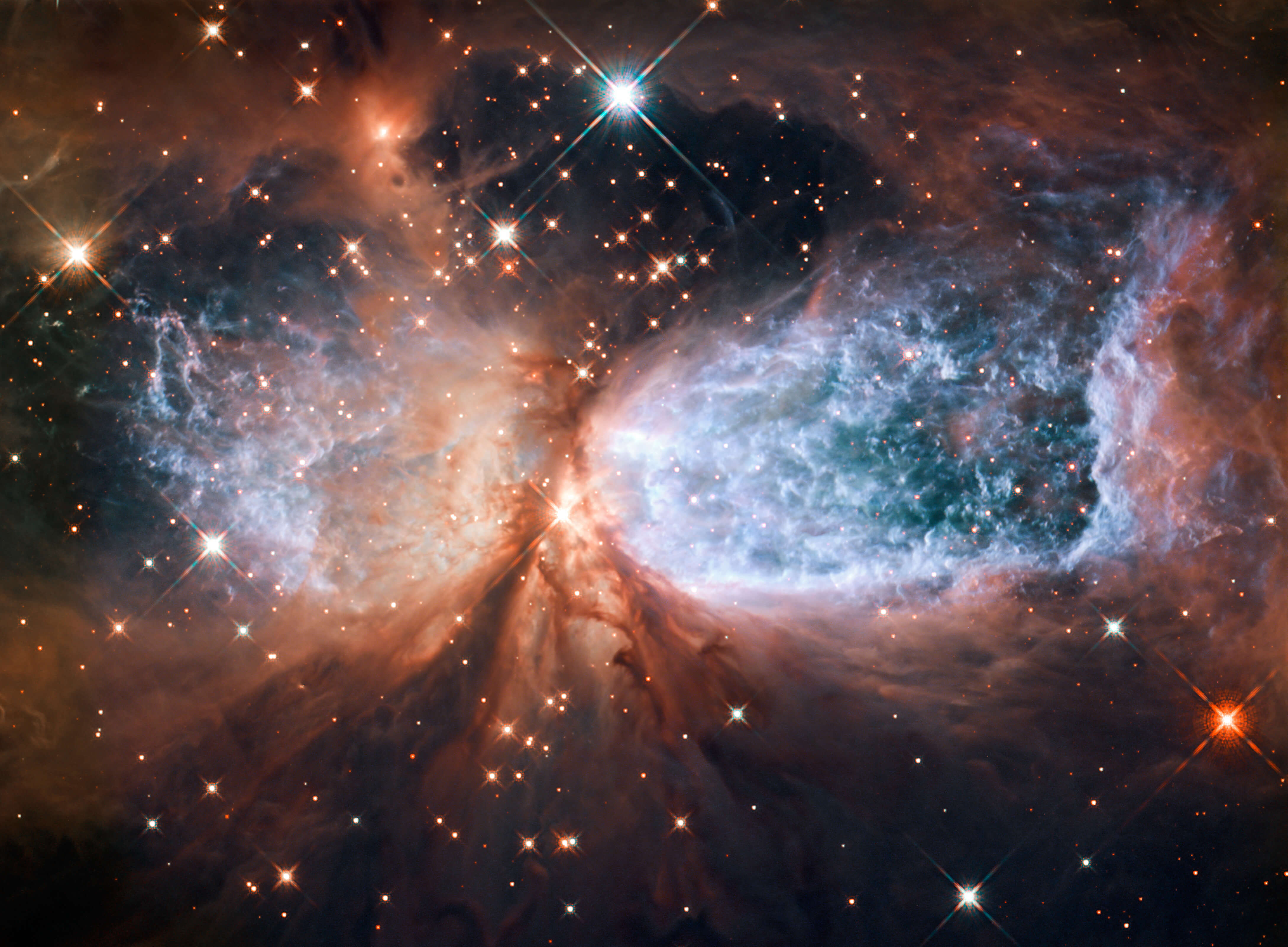
#Star-forming-region captured from hubble space telescope
How does a hubble space telescope work?
Hubble's discoveries have revolutionised nearly all areas of current astronomical research, from planetary science to cosmology, and its pictures are unmistakably out of this world.
The original and now famous Hubble Deep Field image, released in 1996, consisted of an area of sky with a width equal to just 1/12 that of the full moon. In it, Hubble found almost 3,000 distant galaxies.
The Hubble Ultra-Deep Field from 2004 was the deepest portrait of the visible universe ever achieved by humankind.
The 2012 Hubble Extreme Deep Field was an impressive combination of many existing exposures - over 2,000 of them into one image.
The results were astonishing for astronomers. By studying the thousands of galaxies captured in these deep field observations, including some of the most distant primaeval galaxies, they were learning more about the very early universe.
The bulk of the early and remote galaxies had not yet had time to form stars and were also characterised by an atypical shape, as they seemed to be smaller and more irregular than those nearer to us.
This was taken as a clear indication that galaxies formed by merging together smaller objects. The Hubble Frontier Fields observing campaign drew upon the power of massive clusters of galaxies to unleash the full potential of the Hubble Space Telescope.
Hubble's sensitivity and high resolution allow it to see faint and distant gravitational lenses that are harder to detect with ground-based telescopes. Gravitational lensing is a phenomenon created by extremely concentrated masses like the cause of galaxies of galaxy clusters.
Their strong gravity warps the surrounding space, and light from distant objects travelling through that warped space is curved away from its straight-line path, as if passing through a lens. Hubble can resolve details within the multiple banana-shaped arcs that are one of the main results of gravitational lensing as the images of background sources are distorted.
An important consequence of lensing distortion is magnification, allowing us to observe objects that would otherwise be too far away and too faint to be seen. Hubble makes use of this magnification effect to study beyond the sensitivity of its 2.4 metre diameter primary mirror by showing us the most distant galaxies humanity has ever encountered.
Hubble's observations of lensing effects have also given us a glimpse of the cosmos that will be unveiled by the upcoming NASA/ESA/CSA James Webb Space Telescope. One of Hubble's initial core purposes was to determine the rate of expansion of the universe, known to astronomers as the ‘Hubble Constant’.
This value is an essential ingredient needed to determine the age, size and fate of the cosmos. Before Hubble was launched, the value of the Hubble Constant was not known precisely and calculations of the universe's age ranged from 10 billion to 20 billion years.
Now, astronomers, using the Hubble Space Telescope's data and observations, have refined their estimates of the universe's present expansion rate and are working to make it more accurate. Hubble's refined distance values have helped to put the age of the universe at 13.8 billion years.
While improving the measurements of the Hubble Constant, the Hubble Space Telescope's data have also supported the development and use of the cosmic distance ladder, which is an important scientific tool that is used to measure accurate distances to galaxies near to and far from Earth.
To do this, astronomers use Hubble to measure the distances to a class of pulsating stars called 'Cepheid variables', which are used as milepost markers.
James Webb Space Telescope
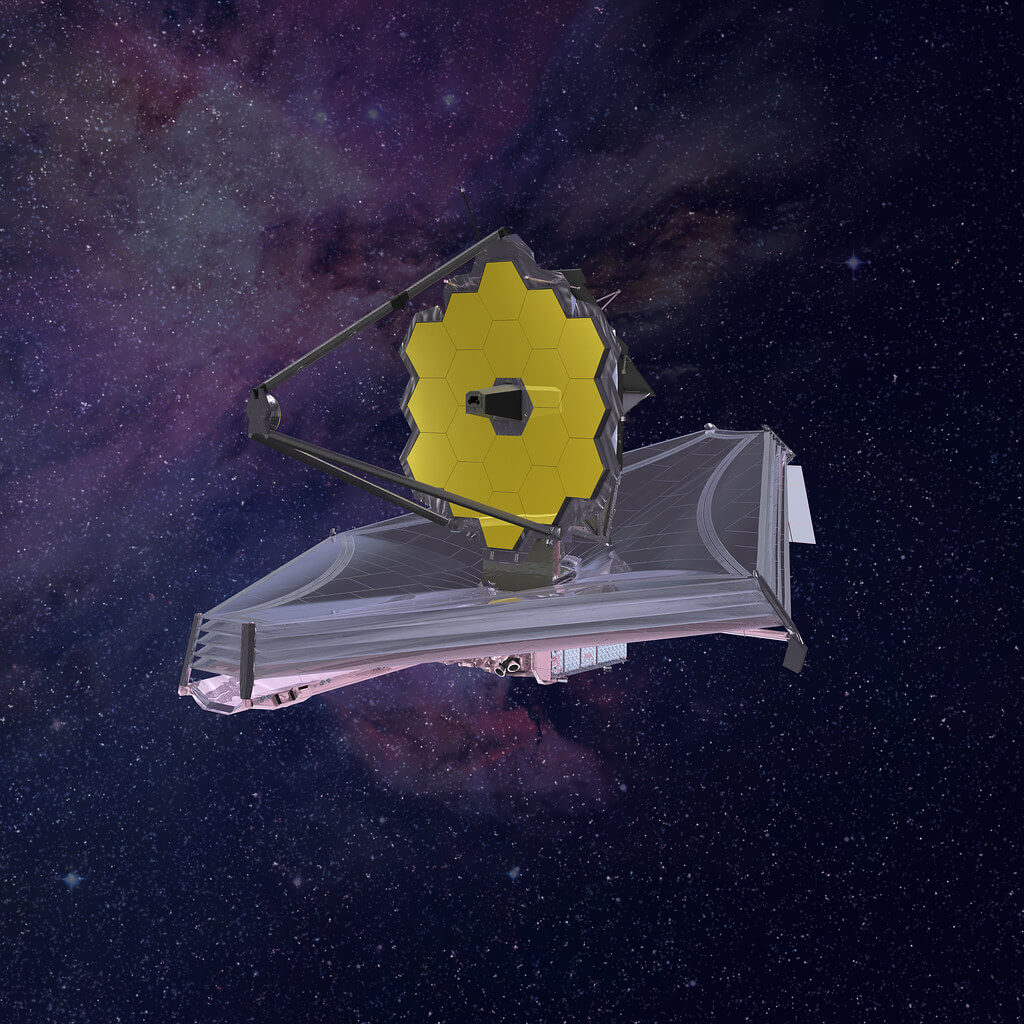
#james webb space telescope launch #james webb space telescope launch date
March 30, 2021 - A New launch date for James Webb Space Telescope
Before the Hubble Space Telescope launched in 1990, we didn’t know how old the universe was. We had never seen a planet outside of our solar system. We didn’t even know about dark energy! Hubble taught us a lot, but it can only see so far, and in so much detail.
To see farther, all the way back to the formation of the very first stars and galaxies (what’s known as the universe’s first light) we’re going to need a bigger telescope. And that is exactly what started the largest, most expensive, and most challenging space engineering project humans have ever attempted: the James Webb Space Telescope.
It’s been over 30 years since work on this massive machine began, so when will it be ready? And how close are we to using it to see the universe’s first light?
Since its beginning, the James Webb Space Telescope has involved thousands of scientists and engineers all over the globe. But all this work raises the question, what’s so important about creating a telescope that’s able to see the universe’s first galaxies?
The James Webb Space Telescope was first scheduled to be launched in 2007, and was budgeted at 500 million dollars. But as construction progressed and testing began, that launch date and budget have changed. A lot.
This really is engineering at the extreme. It's pushing the edge of what's possible. As a scientist that's going to depend on this telescope for my future research, to hear of another delay was sad, it was disappointing. But that's the reason we test because we don't want these things to happen once we're in space. And that brings us to where we are today.
With construction mostly complete, all that’s left are the final testing stages leading up to the launch. The sun shield and the spacecraft element are currently undergoing thermal vacuum testing. And then after that we'll undergo some more tests, and then we will ship the whole observatory down to South America in French Guiana to prep it for launch.
Once the telescope launches and is on its way to L2, it will start to unfold in space. The entire process will take about two to three weeks.
So, how close are we to seeing the universe’s first light? Well, JWST will be launching in spring of 2021. So about the summer to fall of 2021 is when we'll start getting those very first pictures back, first light. Our current theories in astrophysics tell us that we should be able to see those first galaxies with Webb. But if the theories are right, then I think we should see the very first galaxies something like a couple years from now after Webb is launched and starts taking its first data.
#the james webb space telescope is designed primarily to observe
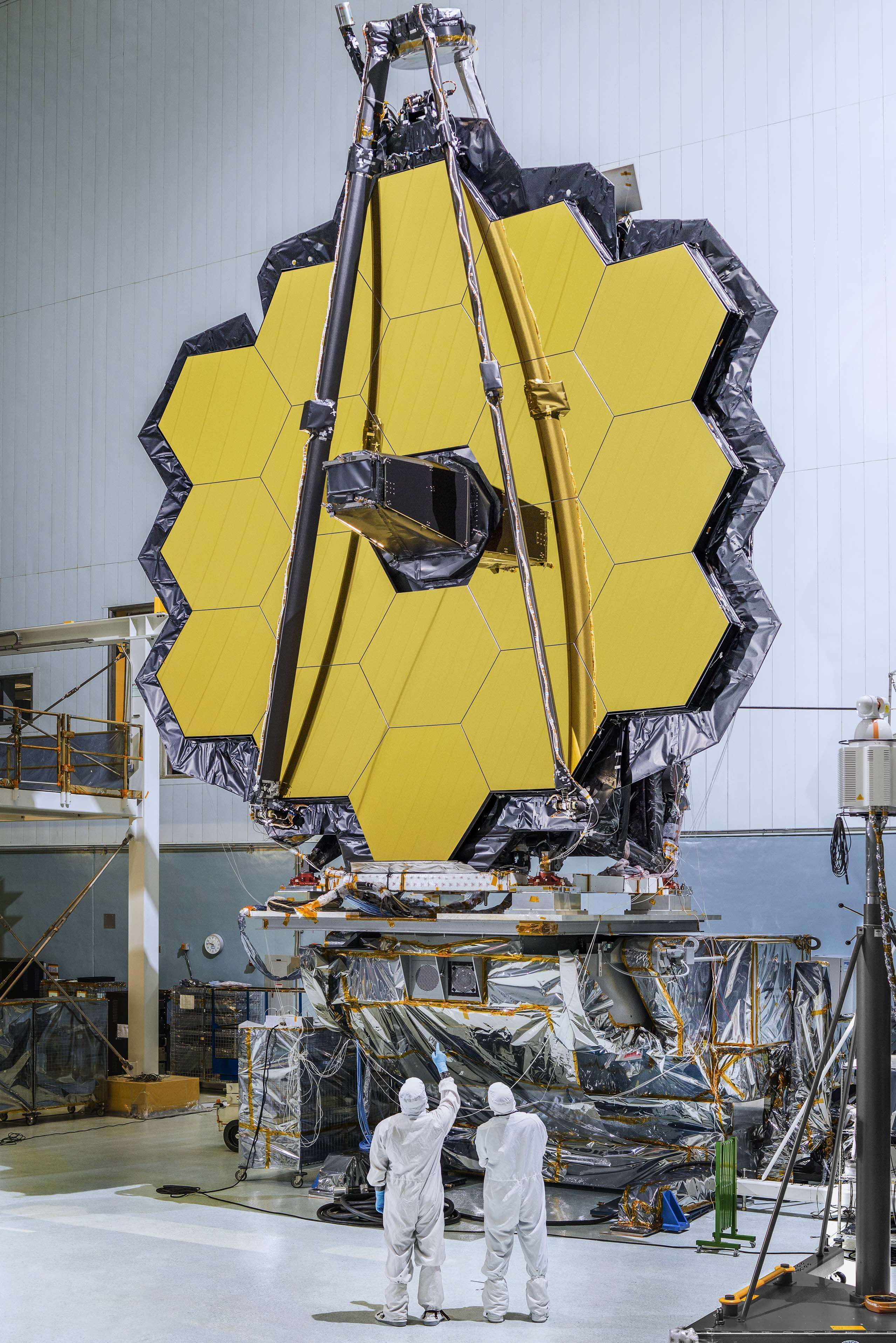
When the Hubble Telescope launched in 1989,it promised to expand our understanding of the universe with every picture it took.
After 30 years of service, it did exactly that. From observing distant stars and galaxies, to measuring the exact age of our universe,
Hubble answered so many questions. Now it’s time to answer the next set of questions as we continue to uncover the mysteries of our universe.
After 30 years and millions of pictures later, the Hubble Telescope has peaked in terms of how far back into the universe it can observe. Hubble’s furthest observation was made in 2016, when it captured an image of Galaxy GNZ11.
This Galaxy is 32 billion light-years away but due to the expansion of space, the light we see from it shows the Galaxy as it was13.4 billion years ago. Although this is just 400 million years after the Big Bang, Hubble is unable to see anything further than this since it’s limited by the range of wavelengths it can observe.
As the light from distant galaxies travels from one point to another, its wavelength is stretched by the constant expansion of space. By the time the light reaches Hubble, it’s stretched to a wavelength outside of Hubble’s viewing range.
Anything that’s stretched to a wavelength above near infrared is unobservable by Hubble. In order to observe the most distant and earliest objects in our universe, we need to observe the infrared light that comes from them. This is where the James Webb space Telescope comes in.
When development began in 1996, many of the technologies needed for the telescope had yet to be invented. An enormous sunshield is required to keep the telescope at an extremely low temperature.
Special wavelength sensors that can operate at cryogenic temperatures also had to be developed for this telescope. James Webb space telescope will observe primarily in the infrared range, which will allow it to see things that Hubble couldn’t see.
When stars and planets are first forming, they’re often hidden behind enormous clouds of dust which absorb visible light. Hubble is able to observe these magnificent clouds but it can’t see what’s going on behind them.
This is the famous Pillars of Creation Nebula which Hubble imaged in 2014. Observing it in infrared light reveals just how much is going on behind these dusty clouds. But James Webb won’t be the first infrared space telescope. Over the years, there have been several infrared telescopes in space, but none of them have had the detail and capability that James Webb space telescope will have.
The resolution of a telescope is limited by the number of wavelengths it can fit across its mirror. A larger mirror allows for a higher resolution. The Spitzer Infrared Telescope has a mirror just 0.85m in diameter. Hubble’s mirror is slightly larger at 2.4m,but James Webb will have an enormous mirror, measuring 6.5m wide.
This will give the telescope an incredibly precise resolution, capable of observing a penny from 40km away. This level of precision will be required if it wants to discover the most distant galaxies and planets in our universe.
One of the most impressive goals of the James Webb Telescope is to find and analyze the most distant Earth-like planets in our universe. To do this, James Webb space telescope will focus on a single star which is known to have planets orbiting it.
As a planet crosses in front of the star, the telescope will measure a small dip in light. At first, this will help to determine the size of the planet, but measuring dips in multiple wavelengths will give us even more information.
Since atoms and molecules absorb light at different wavelengths, measuring dips at specific wavelengths will signify which molecules are present in the planet’s atmosphere.
If the telescope measures a dip in light at around 1.15 and 1.4 micrometres, we can tell that the planet’s atmosphere contains water vapour, since H2O absorbs a larger amount of light at those wavelengths. James Webb space telescope will be able to observe a large range of wavelengths from visible light through to mid infrared.
This will be perfect for detecting various kinds of molecules that are common on Earth like: CO2, Oxygen and Nitrogen. Along with Webb’s incredible sensitivity, it will be able to discover extremely distant planets that bear an uncanny resemblance to our own.
Finding these Earth-like planets will teach us more about our own planet while taking us one step closer to proving that we are not alone in this vast cosmic arena. So as we patiently wait for the James Webb Space Telescope to be launched, we can look forward to the incredible scientific discoveries it will make.
Invention of telescope
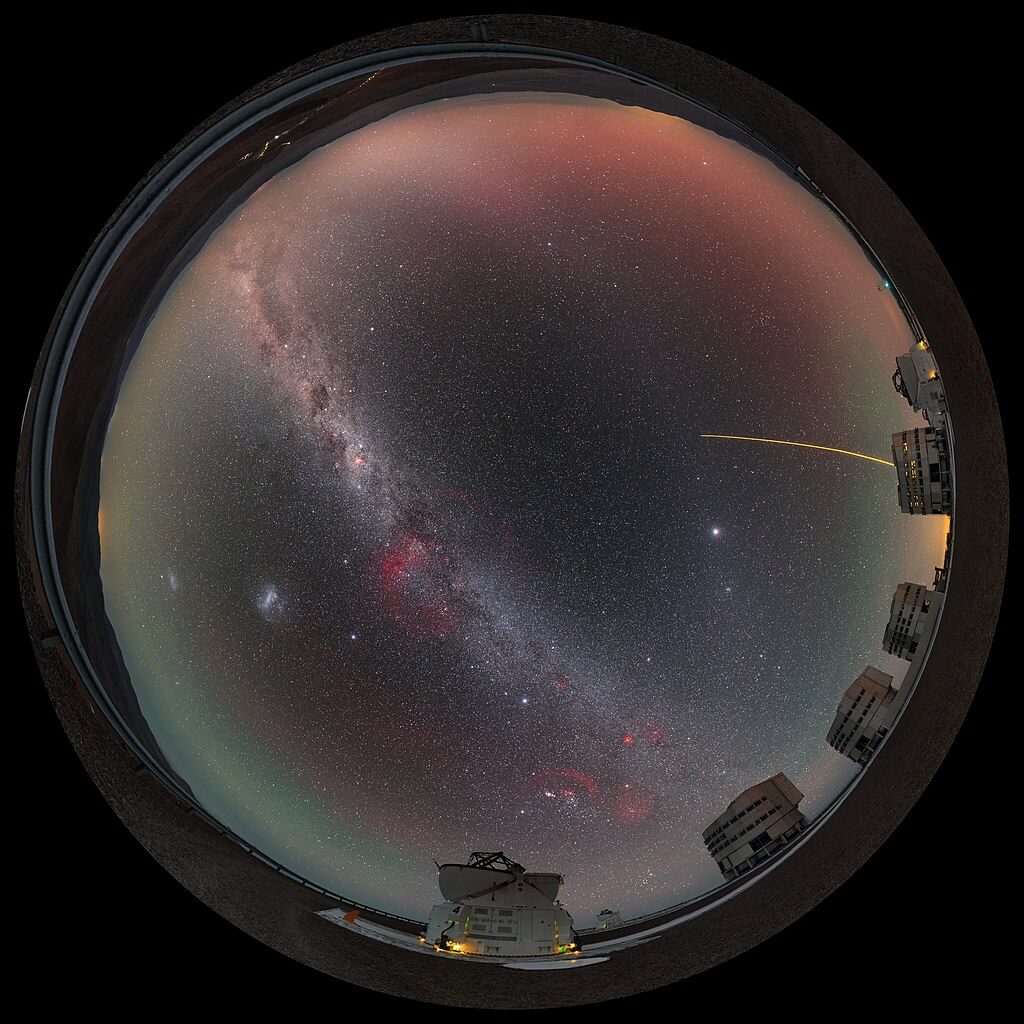
Galileo in 1610 was the first man to see them with a telescope in fact it's believed that Galileo was the first use a telescope to view the heavens.
he was surely the first to record his observations Galileo invented the telescope
Galileo Galilei was an Italian physicist, mathematician, astronomer, and philosopher, and one of the pioneers of the scientific method.
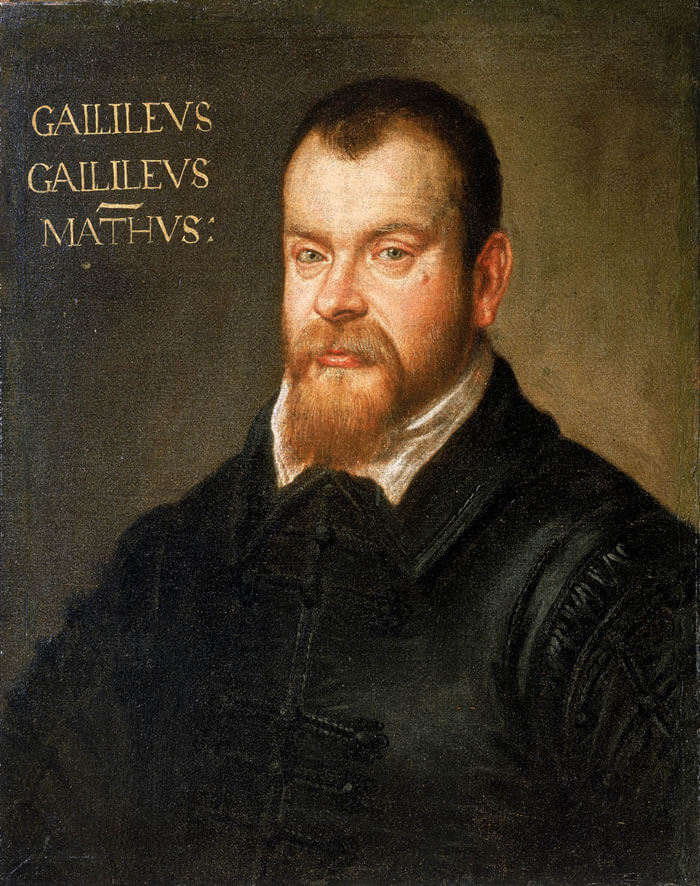
Galileo overturned that Aristotelian worldview, according to which the world can be explained mainly through logic. For example: Aristotle had claimed that the velocity of falling bodies is relative to their weight. logically, even intuitively, that might sound right. But by putting this hypothesis to the test, Galileo proved that all objects fall at the same rate of acceleration.
Aristotle claimed that falling objects maintain a constant speed;. Galileo proved that speed increases in proportion to the distance of the fall.
Galileo also refuted the popular Aristotelian belief that earth is fixed in the center of the universe, while the stars and planets are metaphysical beings that revolve around it. This is known as Geo-Centrism By inventing an improved telescope, Galileo was able to discover four of Jupiter's moons--thus proving that celestial objects can orbit something other than the Earth.
While the craters he discovered on the moon refuted Aristotle’s theory about the meta-physical nature of the heavens. Galileo then concluded that the laws of physics apply equally throughout the universe Galileo's discoveries paved the way for the Heliocentric model published by Polish mathematician and astronomer, Nicolaus Cupernicus which argued that, despite appearances, the sun neither rises nor sets. it is earth that is orbiting the sun.
Unfortunately, Galileo failed to convince the Church that Heliocentrism does not contradict the Bible. A tour in the dungeons of the Inquisition, however, did convince Galileo to recant.
He was sentenced to house-arrest for the remainder of his life, and forbidden from publishing his writings.
The ban on the complete, uncensored works of Galileo was lifted only in 1835. Galileo's paradigm-shifting contribution to a scientific method which is based on experiments, is the reason why he is considered, by many historians, the "father of modern physics."
#who invented the telescope #when was the telescope invented #who invented the reflecting telescope #who created the telescope #did galileo invent the telescope #who made the telescope #when was the first telescope invented #who invented telescope first #who invented the first telescope #telescope was discovered by #telescope ki khoj kisne ki #telescope ka khoj kisne kiya #invention of telescope by galileo #galileo invented the telescope #who found the telescope.
Uranus through a telescope
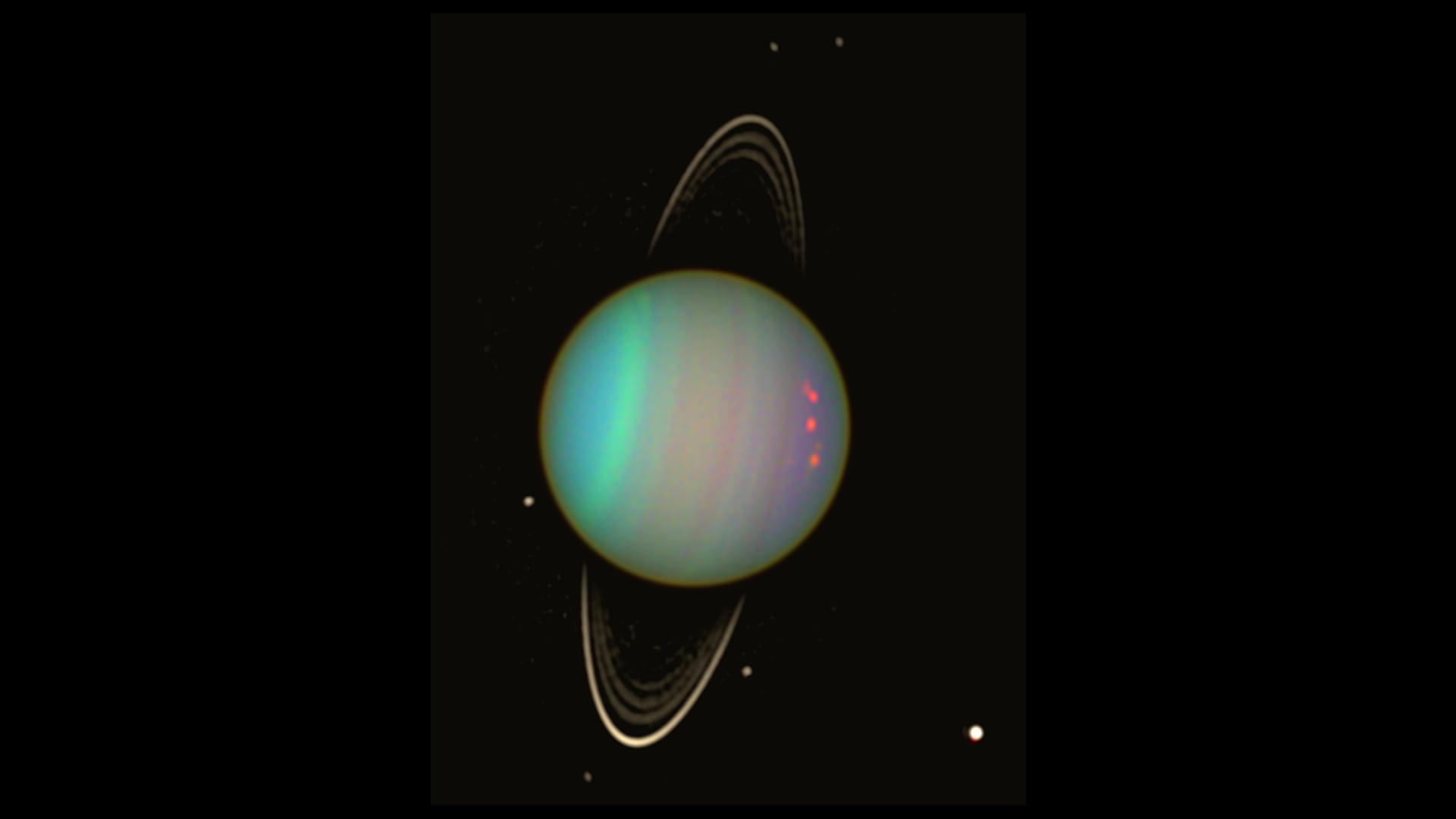
Conclusion
Get better understanding on
why the james webb space telescope when we already have hubbel space telescope.?
What are the limits of hubbel space telescope?
How images are looks captured from hubbel space telescope?
This are some best seller Reflector Telescope.
Check detail description now by click one of them.
